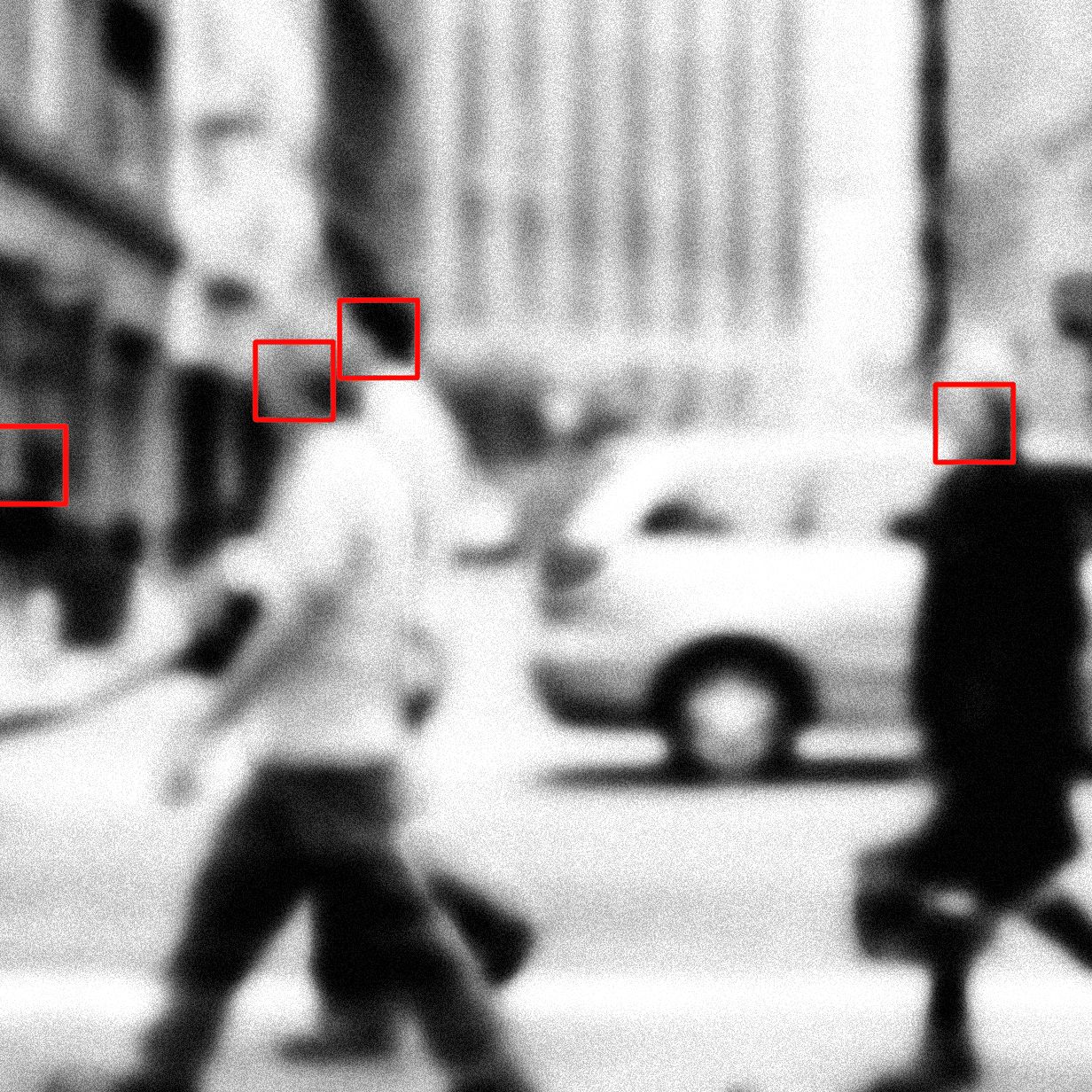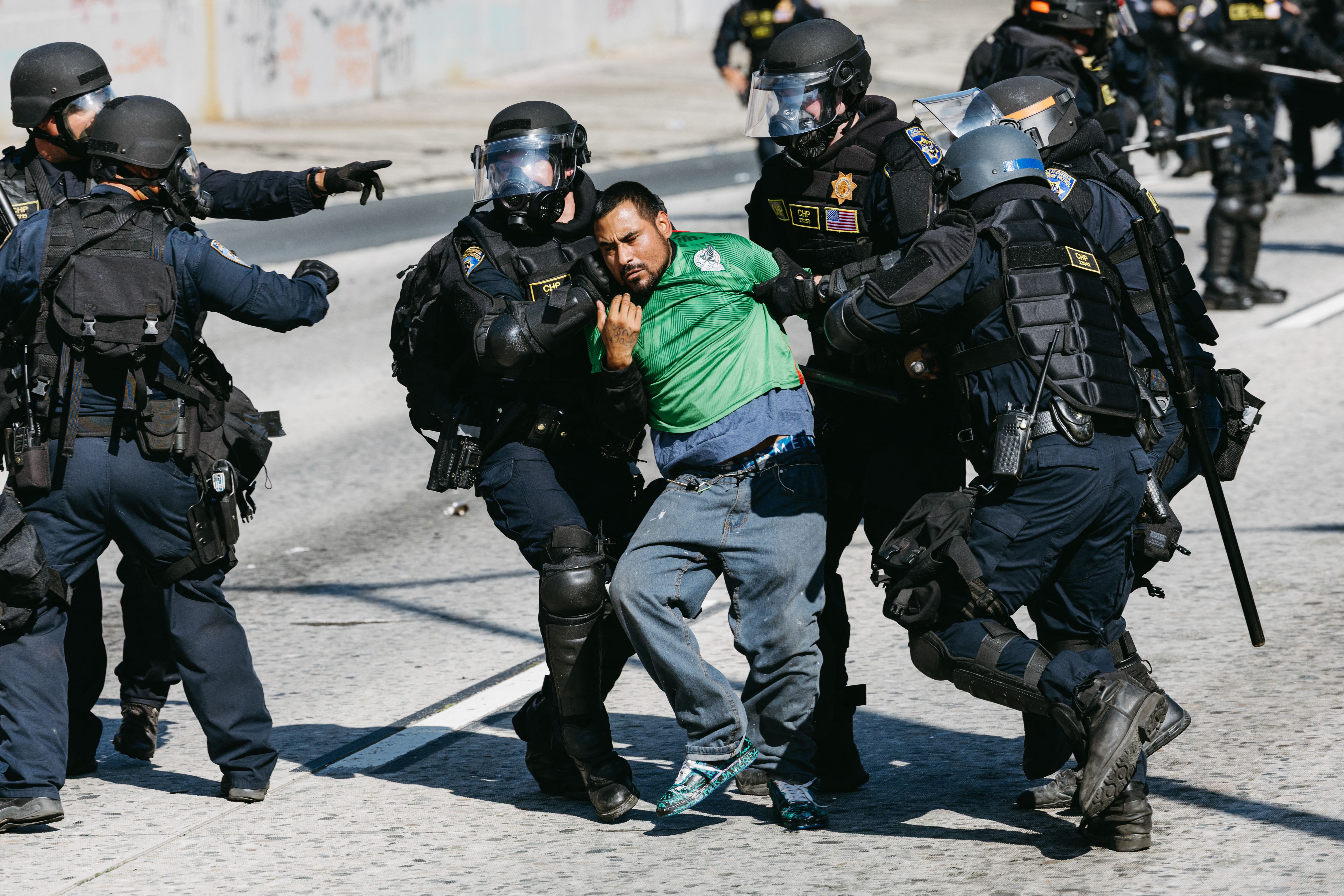ICE Rolls Facial Recognition Tools Out to Officers’ Phones
ICE Rolls Facial Recognition Tools Out to Officers’ Phones
Immigration and Customs Enforcement (ICE) has recently equipped its officers with facial recognition tools on their phones,…

ICE Rolls Facial Recognition Tools Out to Officers’ Phones
Immigration and Customs Enforcement (ICE) has recently equipped its officers with facial recognition tools on their phones, allowing them to conduct real-time identification of individuals suspected of being undocumented immigrants.
The new technology has raised concerns among civil rights advocates, who worry about the potential misuse of facial recognition technology by law enforcement agencies.
ICE defends the use of facial recognition tools as a way to enhance border security and more efficiently enforce immigration laws.
Some critics argue that facial recognition technology is prone to inaccuracies and bias, leading to potential wrongful arrests or deportations.
Privacy advocates have also raised concerns about the potential for mass surveillance and the infringement of individuals’ rights to privacy.
ICE has stated that the facial recognition tools will only be used in specific situations, such as during targeted operations or when individuals cannot provide sufficient identification.
The rollout of facial recognition tools to ICE officers’ phones is part of the agency’s broader efforts to modernize its enforcement methods and keep pace with technological advancements.
As facial recognition technology becomes more widespread in law enforcement, it is crucial for policy makers to establish clear guidelines and oversight mechanisms to ensure accountability and protect individuals’ rights.
The use of facial recognition tools by ICE officers also raises questions about the potential impact on communities, particularly immigrant communities, who may already be distrustful of law enforcement agencies.
Ultimately, the deployment of facial recognition tools by ICE officers highlights the complex ethical and societal implications of using advanced technology in immigration enforcement.







